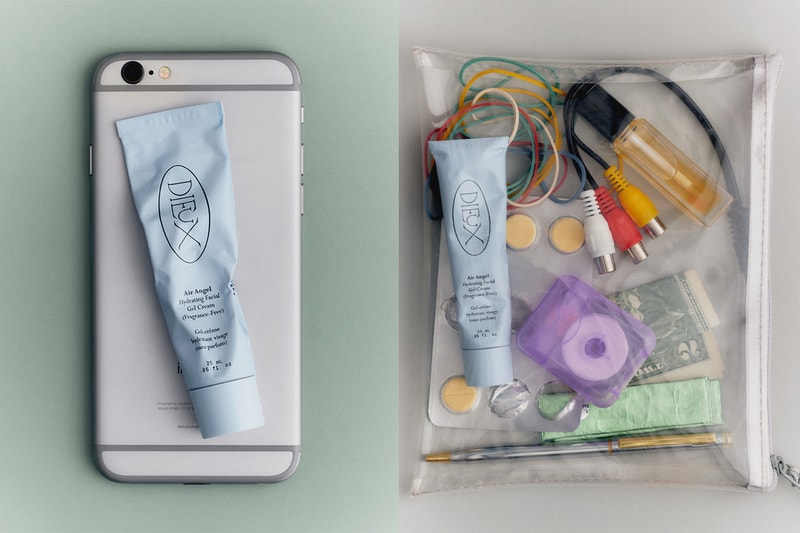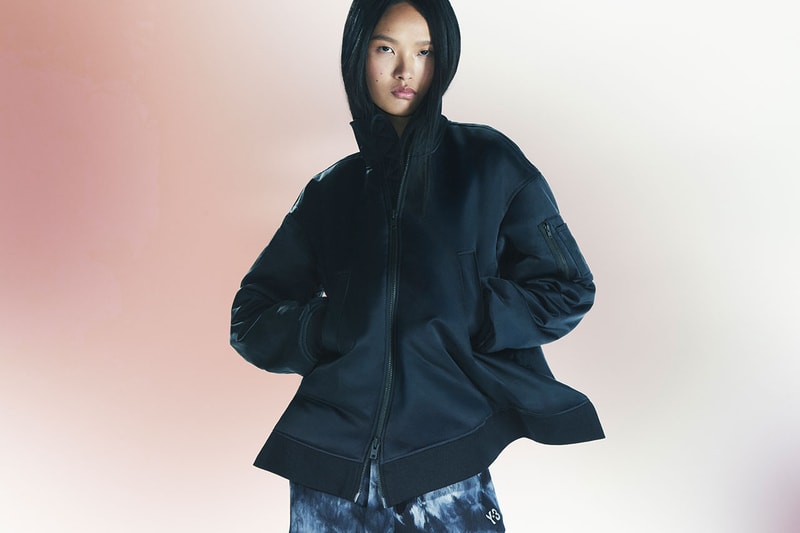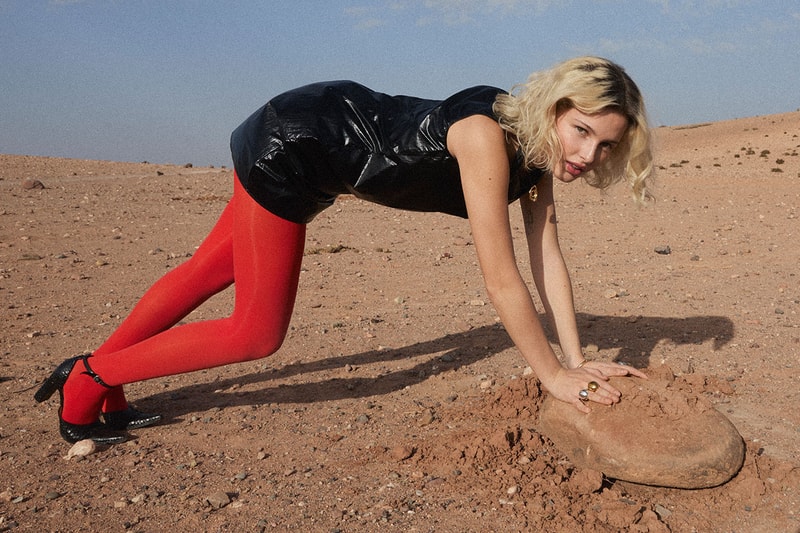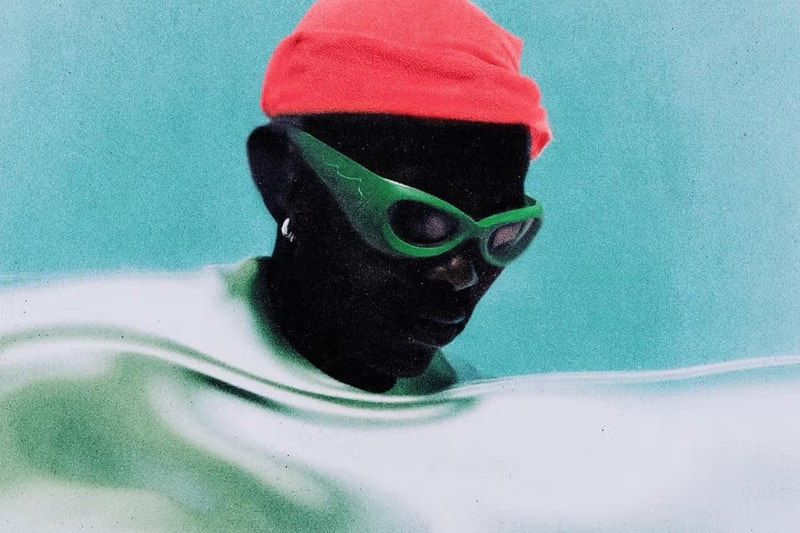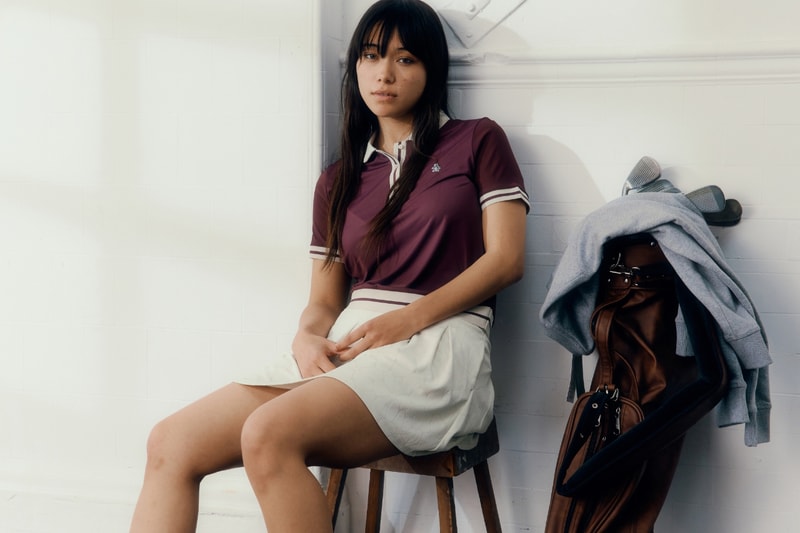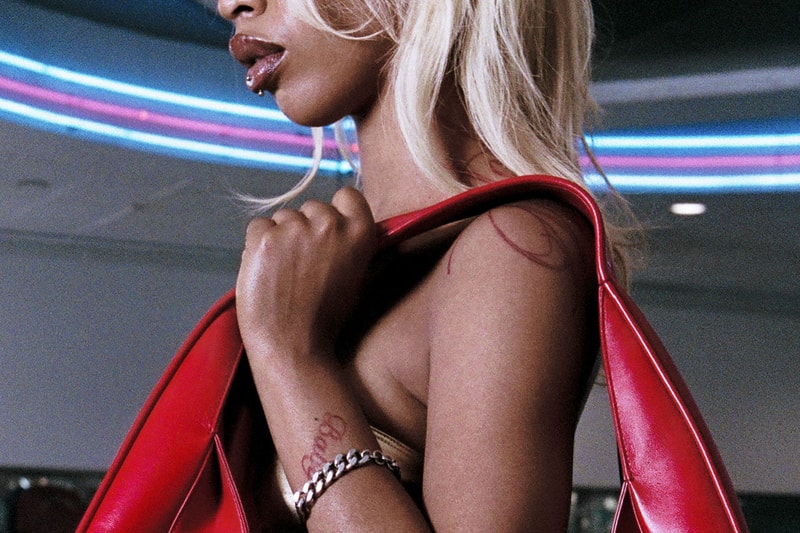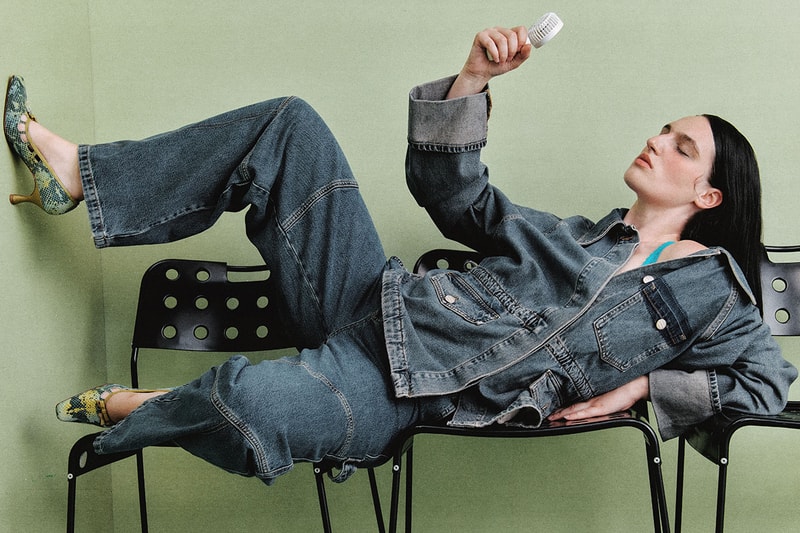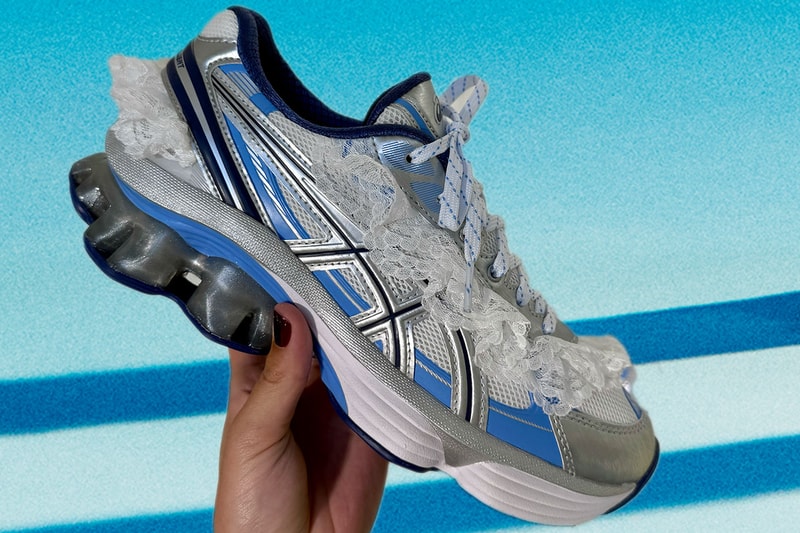Moritz Iden on Teeth, Deepfakes and the Spiritual Hunger of Youth Culture
info@hypebae.com (Hypebae) Mon, 14 Jul 2025 Hypebae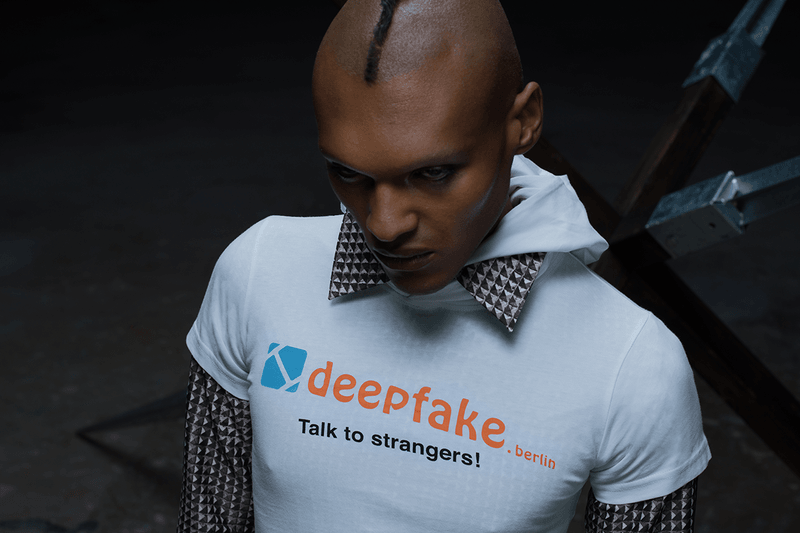
In the flicker of a nightclub strobe or the cold glow of a late-night screen, IDEN emerges — not as a brand, but in the words of Moritz Iden, a "digital journey of queer intimacy." Since 2021, the Berlin-based designer has crafted a dystopian dreamscape where cyborg identities and sacred glitches fuse into something both holy and haunted.
With its latest collection, "Unsupervised AExccess," IDEN dives deep into the dualities of "access" and "excess," club and internet communities, connection and chaos. Knitted garments confuse the eye, appearing to be dirty and distorted but in reality take form with precision. The statement T-shirt "Deepfake, talk to strangers!" comments on the isolation faced in youth culture today, while teeth motifs become symbolic of the primal, non-verbal methods humans use to communicate and survive. Through digital rendering techniques and 3D modelling, the collection confronts the instability of modern identity, tapping into themes of addiction, desire and escape. In Iden's world, fashion becomes a portal for exploring selfhood beyond binaries, and everything awaits a second look.
Below, we speak the creative director ahead of their Berlin Fashion Week presentation to discuss fashion hedonism, digital illusions and emotional excess.

What initially drew you to explore cyborism and digital culture as a central theme in your work?
I'm the first generation to have the internet as a third parent. I was introduced to the internet very early, and our parents didn't know much about it at the time. So, it was fascinating to explore everything around it on my own—social media, video games like The Sims—all of which shaped me deeply, including my queer identity. I went online to find community, to find belonging and to seek explanations about who I was and what I wanted to do.
From a fashion perspective, that's where I first learned how to sew, how to use Photoshop and developed many of the skills I'm confident in today. I've lived several different lives online. At first, I was just observing, exploring what was out there; then I started posting. That changed how I interacted with people and built connections. I've always been drawn to community, reaching out and finding others. The internet became a third space for us—a completely different world.

Why were you drawn to fashion as a medium to explore these ideas?
As a kid, I always drew and made art across different mediums. When I learned Photoshop, I started creating digital collages and exploring digital culture. Fashion played a huge role in discovering my identity and building confidence. I'd go to school in completely outrageous outfits. I wasn't the most confident person, but dressing that way gave me confidence. It was incredibly meaningful—getting dressed in the morning felt like the most important part of the day.

With digital culture as a reference point, where do you pull research and visual inspiration?
At the moment, I'm really interested in old video game culture—even media that predates my own upbringing. I enjoy exploring work created before my time because I already know the things I grew up with. It's not always digital, either. For example, I'm a huge fan of John Waters films. The campiness and strange energy resonate with me, even if the language or medium is different. I'm also really into those long iceberg videos on YouTube. I'll put them on in the background—they can be about anything, from "Most Disturbing Movies" to the "Björk Iceberg."

Could you tell us a bit more about your collection, "Unsupervised AExccess"?
My work tends to lean darker—kind of dystopian—but this one feels different. People are calling it "recessioncore." I'm usually really colorful, but for this collection, I started pulling back. I broke everything down. I was going through a darker period, where everything felt kind of drab and lifeless; but also excessive at the same time. The collection plays on the idea of "access" and "excess." It's about how we escape into digital media, and how that escape is often really intense—there's this overwhelming drive behind it. It's always a lot. Almost too much.
Berlin's club culture is really close to that energy. Club culture and digital-ness have so much in common. There's gaming, community—but there's also a really dark side to it. And being in Berlin, we live it—it's literally outside our door. The lines between real and fake get so blurry. It's my favorite collection, so far.

Your work traverses "digital journeys of queer intimacy." How do you translate these journeys into physical product offerings?
For me, the idea of a "journey" isn't always entirely positive—especially within the queer community and particularly the queer online community. There's a lot of toxicity, especially when you're young. Fortunately, I only scraped the surface of that, but I've heard stories from friends and know how dark those spaces can get. I didn't always understand what I was experiencing, so I found online friends who were going through similar things. I remember with my first boyfriend—we knew each other through mutual friends—but we actually started texting online because we couldn't talk openly in person. We weren't out yet, so online spaces helped bridge the gap between what we could express privately and what wasn't safe or possible in real life.
Today, I still really value online platforms for maintaining community. One of my favorite things is how they help bridge gaps within the broader queer world. A few months ago, my friend sent me a video of a furry—someone who wears anthropomorphic animal costumes—wearing one of my pieces. The furry community is often misunderstood or mocked, but this person styled my design in a really unique, almost opium-core aesthetic. We ended up talking a lot, built a small relationship and recently wrapped up a content shoot together. That kind of creative connection is one of the most exciting and meaningful outcomes of building community online.

What symbolic motifs or recurring themes tend to appear in your work, and what significance do they hold for you?
Teeth, to me, are the human equivalent of a weapon—our sharpest and most primal tool. Of course, we have our hands, but there's something more inherently dangerous and raw about biting. The act itself carries an intensity I find fascinating. It can be playful or aggressive. Smiling can signal friendliness, but it can also reveal danger. Teeth can even be sexual. There are so many connotations wrapped into them, which I find really compelling.
I also sometimes incorporate religious iconography into this idea. We're a generation largely removed from traditional religion—especially in Europe. In my mind, the digital realm, AI and the systems we're building now function as a new kind of religion. They're the new entities we revere. We don't gather in churches; we gather around screens. That parallel makes sense to me, because there are so many symbolic overlaps between faith and the way we engage with technology. In school, apart from art, the subject I found most interesting was psychology—especially criminal psychology and the topic of cannibalism. There are so many different reasons people engage in it. It can be religious, a wartime act meant to absorb someone's strength or even a symbolic gesture of love. It's not just one thing—it's deeply ambivalent and culturally complex.

Do your own spiritual or philosophical beliefs influence your design process?
I've always been fascinated by blurring the lines between what's human and what's not. In almost every collection I've done, that question appears: When do we stop being human? What defines us? Can an android be considered human if it expresses emotion? Is AI human if it appears to feel? People often fear these shifts, but I find them compelling.
Have you heard of Donna Haraway's Cyborg Manifesto? I absolutely love it. Not every part applies to today, especially the way race is addressed, but her ideas about gender, sexuality and embracing hybridity still resonate. The notion of becoming one with technology—blurring human and machine—feels deeply spiritual. Yet, because it’s tied to tech, we rarely see it that way. But to me, it mirrors a kind of modern spiritual practice.
On the topic of cyborgs, how do post human bodies relate to your practice?
Honestly, I don't. That's why I keep asking these questions. If I did know, I'm not sure it would matter. It's similar to asking, "What's the meaning of life?" You can find an answer for yourself, but that answer might change tomorrow. Technology evolves, and something new emerges constantly. Just three years ago, we weren't even talking about AI, and now it dominates every conversation. In two years, something even more unexpected could arrive—something we haven't imagined yet.

Outside of cyborgism, how does technology help you to further expand your concepts?
All our patterns are created digitally, which allows for seamless prints. I'm a sucker for a seamless graphic that runs over the sleeve and lines up perfectly at the seams. That kind of precision is really only possible digitally. When the pattern is already integrated into the fabric—whether printed or knitted—the seams align perfectly every time.
We also use CLO to do 3D try-ons. Since we work heavily with graphics, getting the right scale can be tricky. When I first started, it was difficult to judge sizing—measuring on the body and trying to visualize whether 20 centimeters looked right. But because the body is curved, the print often appears distorted. Programs like CLO help ensure the graphic looks exactly the way it should once it's applied to the garment. Honestly, I've only used about 10 to 20 percent of what the program can do, but it's already incredibly fun and powerful.
